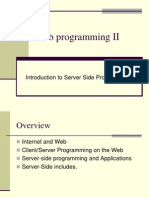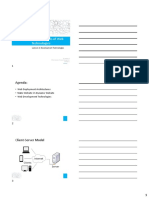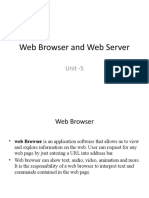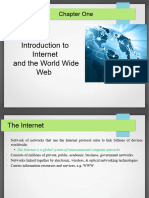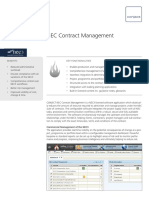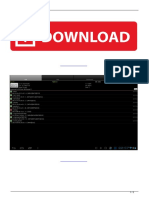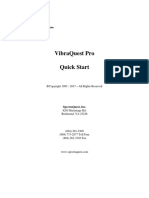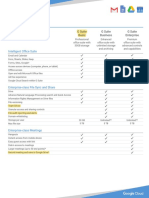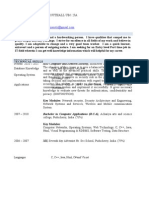0% found this document useful (0 votes)
17 views15 pagesLec 9 Client Server
The document discusses client-server computing, highlighting its characteristics, advantages, and disadvantages, as well as the differences between client-server and peer-to-peer systems. It also covers web and proxy servers, web application development, and the MVC architecture, detailing client-side and server-side scripting technologies. Finally, it explains the roles of frontend and backend technologies in web applications.
Uploaded by
KowCopyright
© © All Rights Reserved
We take content rights seriously. If you suspect this is your content, claim it here.
Available Formats
Download as PDF, TXT or read online on Scribd
0% found this document useful (0 votes)
17 views15 pagesLec 9 Client Server
The document discusses client-server computing, highlighting its characteristics, advantages, and disadvantages, as well as the differences between client-server and peer-to-peer systems. It also covers web and proxy servers, web application development, and the MVC architecture, detailing client-side and server-side scripting technologies. Finally, it explains the roles of frontend and backend technologies in web applications.
Uploaded by
KowCopyright
© © All Rights Reserved
We take content rights seriously. If you suspect this is your content, claim it here.
Available Formats
Download as PDF, TXT or read online on Scribd
/ 15






